A Long-Awaited Ladakh Journey
My trip to Ladakh had been planned for many years. In fact, I had booked it decades ago, but the tour got cancelled.
Finally, it seemed destined for it to happen as a trip with my extended family—siblings and their children. It was a group of sixteen people, both kids and adults, all excited to visit this faraway land, located high up in the Himalayas.
Having heard of its grand mountains, beautiful waters, peaceful monasteries, and serene landscapes, I was eager to explore the region.
Barren Mountains and Gentle Waters
We decided to reach Leh by road from Srinagar, both to enjoy the scenic route and to acclimatize naturally to the high altitude, which is low on oxygen and can be difficult to adjust to.
We started climbing after a short stop at Sonamarg. Here, we enjoyed playful time in the snow with sledging and snowball fights. As we ascended higher, the landscape became barren, signaling the arrival at higher altitudes. The road itself was scenic, as is always the case in the Himalayas.
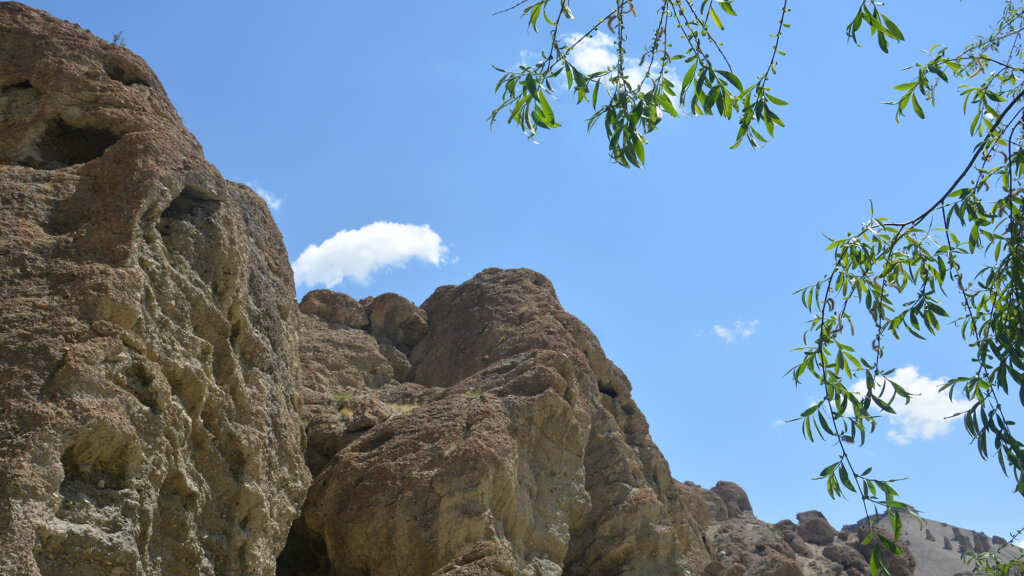 We reached the midpoint of the route in Drass, where we stayed overnight in tents. From here, the landscape had already begun changing. We had left behind the soft green and majestic beauty of the Kashmir Valley to embrace the barren valleys of Ladakh.
We reached the midpoint of the route in Drass, where we stayed overnight in tents. From here, the landscape had already begun changing. We had left behind the soft green and majestic beauty of the Kashmir Valley to embrace the barren valleys of Ladakh.
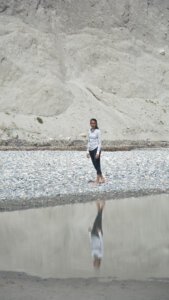 We traversed grand, naked, and awe-inspiring mountains alongside the Indus River. Unlike other Himalayan rivers I had seen in Himachal or Uttarakhand, the Indus flows gently, silently, and beautifully. Its aqua-green waters complement the surrounding barren mountains.
We traversed grand, naked, and awe-inspiring mountains alongside the Indus River. Unlike other Himalayan rivers I had seen in Himachal or Uttarakhand, the Indus flows gently, silently, and beautifully. Its aqua-green waters complement the surrounding barren mountains.
Standing at the base of these majestic mountains, one cannot help but feel the peace and spirituality of the place.There is a certain mystic aura, and it becomes clear at once that this land is deeply spiritual.
Monasteries and Their Timeless Wisdom
Before reaching Leh, we explored Likir Monastery. Both the journey and this visit set the tone for the next five days. This 11th-century monastery, perched on a mountain away from the main town, is a haven of peace and spirituality.
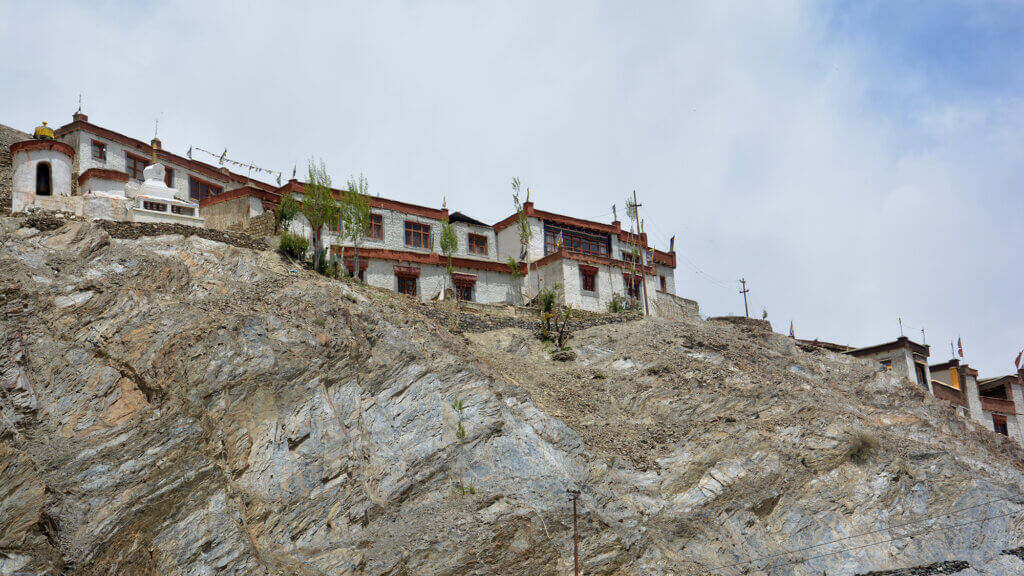 Here, we were introduced to the wonderful architecture of Ladakh—minimal in design yet complementary to the surroundings, while still standing out. The central courtyard, which serves as a communal space for monks and visitors, is aligned with landscape features, providing a space that is both energetic and purposeful.
Here, we were introduced to the wonderful architecture of Ladakh—minimal in design yet complementary to the surroundings, while still standing out. The central courtyard, which serves as a communal space for monks and visitors, is aligned with landscape features, providing a space that is both energetic and purposeful.
The monastery also acts as a repository of Ladakhi culture, preserving manuscripts and other cultural artifacts. By the time we reached Leh, we were acclimatized both to the climate and the culture of the region.
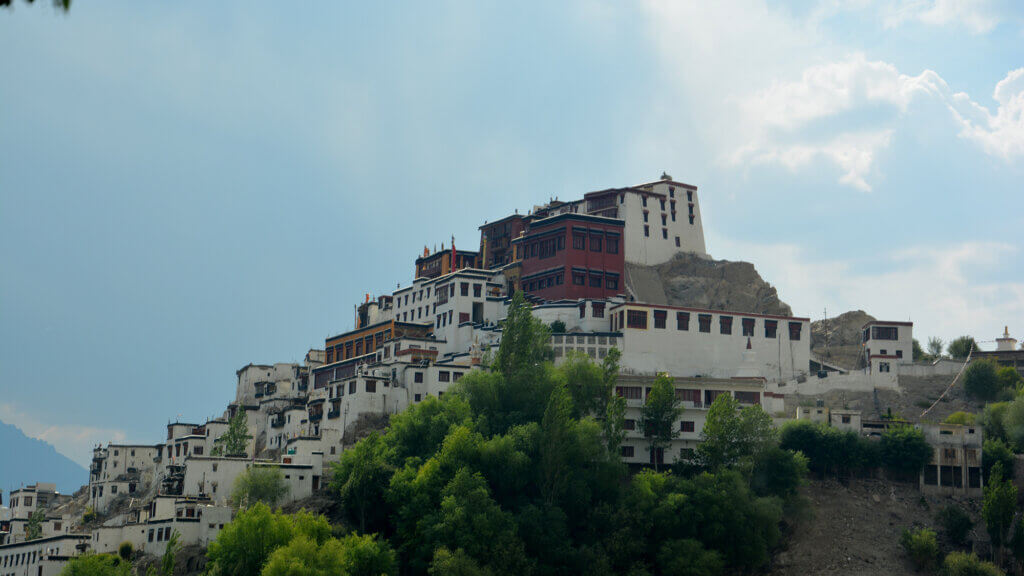 In Leh, we went to Thiksey Monastery, the largest in Ladakh. Its grand, cascading structure dominates the landscape, and exploring its multiple levels and courtyards was an experience of sheer awe. Each level revealed new interiors, chapels, and spaces that seemed to float above the valley below, perfectly blending devotion with architectural mastery.
In Leh, we went to Thiksey Monastery, the largest in Ladakh. Its grand, cascading structure dominates the landscape, and exploring its multiple levels and courtyards was an experience of sheer awe. Each level revealed new interiors, chapels, and spaces that seemed to float above the valley below, perfectly blending devotion with architectural mastery.
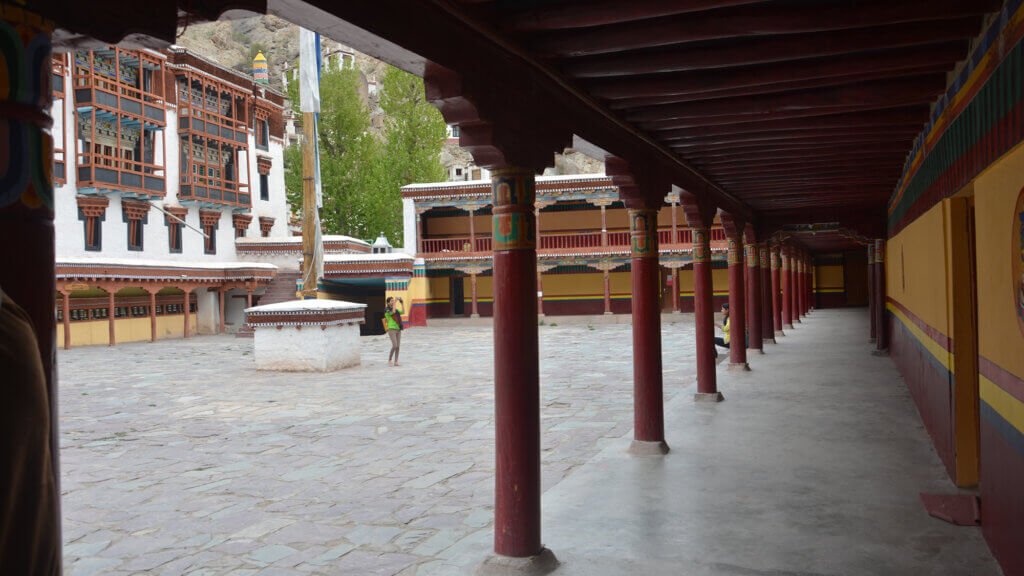 We visited Hemis Monastery near Hemis National Park, which has a huge courtyard surrounded by beautiful architecture. It also hosts a museum showcasing the history and culture of this amazing land.
We visited Hemis Monastery near Hemis National Park, which has a huge courtyard surrounded by beautiful architecture. It also hosts a museum showcasing the history and culture of this amazing land.
Visiting these monasteries gave us insight into the lives of people who thrive in extreme, harsh lands, often cut off during long winters. Despite the cold desert environment, the locals were warm and welcoming, and the children curious and smiling.
And of course we went to Druk Padma Karpo School, also known as “Rancho’s School” made famous by the film 3 Idiots, and took the mandatory pictures, making for a good laugh.
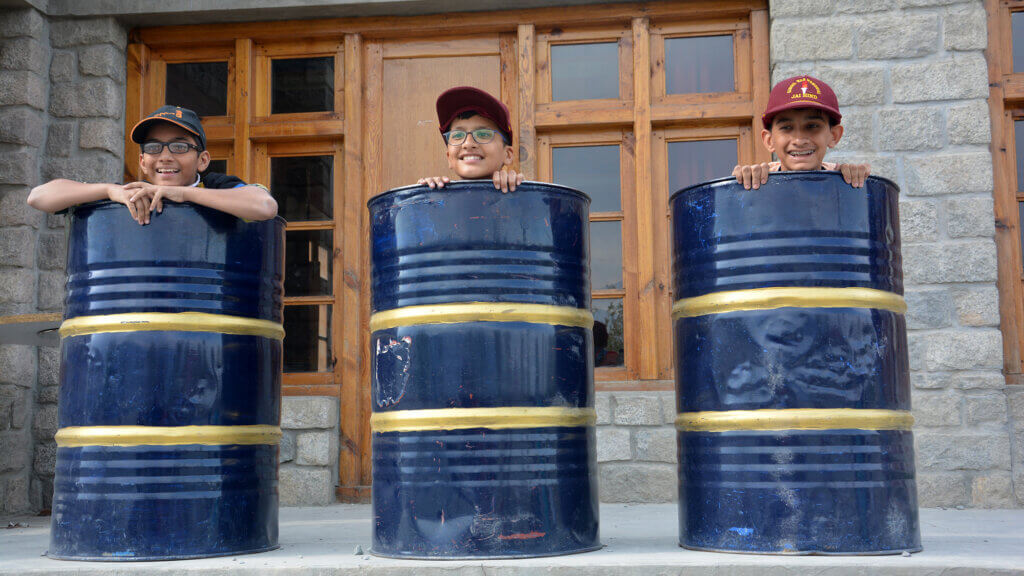 What made this visit special was the calm and quiet of the place. Even amidst curiosity and eagerness to learn, there was no rush, and the surroundings seemed imbued with tranquility ,with mountains as only witness.
What made this visit special was the calm and quiet of the place. Even amidst curiosity and eagerness to learn, there was no rush, and the surroundings seemed imbued with tranquility ,with mountains as only witness.
The Majestic Lake and Sand Dune Valley
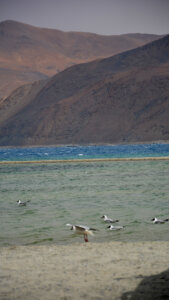 The next days were spent exploring Pangong Lake and Nubra Valley, two very different landscapes—one a majestic lake at a high altitude, the other a valley along a river with sand dunes. We faced some scares while crossing the highest motorable pass, Chang La, to reach Pangong as oxygen became very rare at that altitude.
The next days were spent exploring Pangong Lake and Nubra Valley, two very different landscapes—one a majestic lake at a high altitude, the other a valley along a river with sand dunes. We faced some scares while crossing the highest motorable pass, Chang La, to reach Pangong as oxygen became very rare at that altitude.
As we reached the lake, the moon began to rise over the pink and purple mountains, turning the landscape into a dreamlike vision. The vast expanse of the lake stretched endlessly before our eyes.
Fully aware of the imminent chill, each of us—including the little ones—took a swig of brandy to face it with a bit more courage.
Night soon fell, the cold crept in, and a profound silence settled over everything.We spent one of the coldest nights on the lake’s banks, shivering under layers of blankets.
But the morning view of the lake made every shiver worthwhile.The lake was calm and still, the reflection of the blue sky making it look like a boundless sheet of blue glass. The lake, made famous by the movie, has become a favorite spot for capturing some lovely family moments.
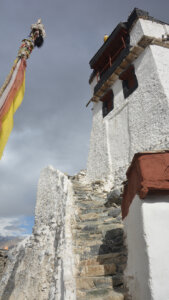 En route to Nubra Valley, six of us stopped by Diskit Monastery.By this time, most of the group had grown weary of monasteries, but this one captivated me.
En route to Nubra Valley, six of us stopped by Diskit Monastery.By this time, most of the group had grown weary of monasteries, but this one captivated me.
Built in the 14th century, this one felt raw, as if it had remained unchanged for centuries, emanating an aura of ancient wisdom and mystic spirituality.
Standing there, I wondered what drew people to settle in such an extreme environment. Even today, reaching some of these monasteries is a challenge; one can only imagine how arduous it must have been for the early settlers.
I realized that communities grew around monasteries, for monasteries were founded on the belief that divinity reveals itself in the harshest of conditions.
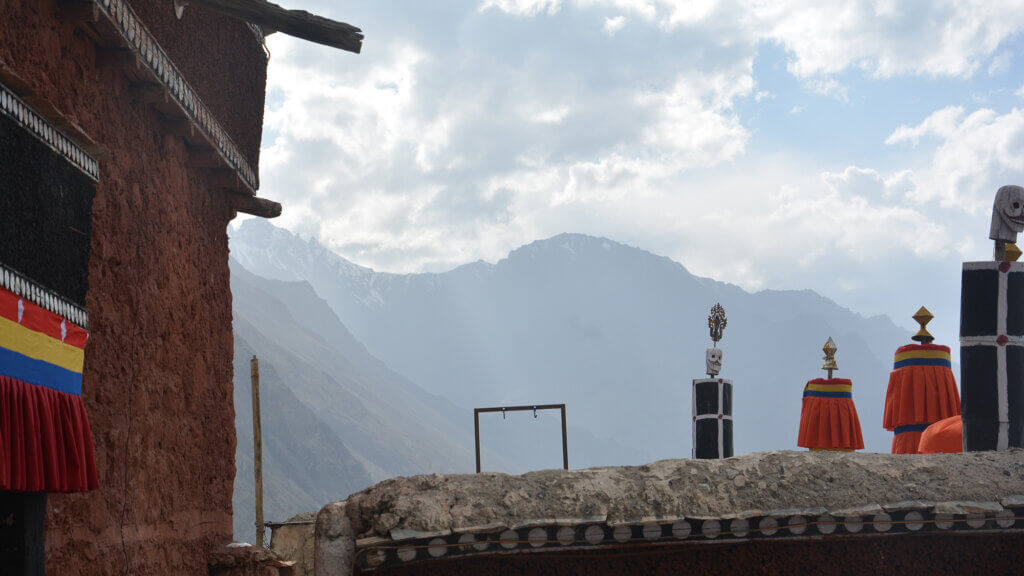 This made the place not just a settlement but a center of peace and spirituality, a place for seekers.
This made the place not just a settlement but a center of peace and spirituality, a place for seekers.
We followed beautiful, gently flowing aqua-green rivers to reach the sand dunes of Nubra Valley. The kids enjoyed rides on the mountain camels, while we were mesmerized by the diversity of the landscape we witnessed during the trip—each one grand, barren yet breathtakingly beautiful. 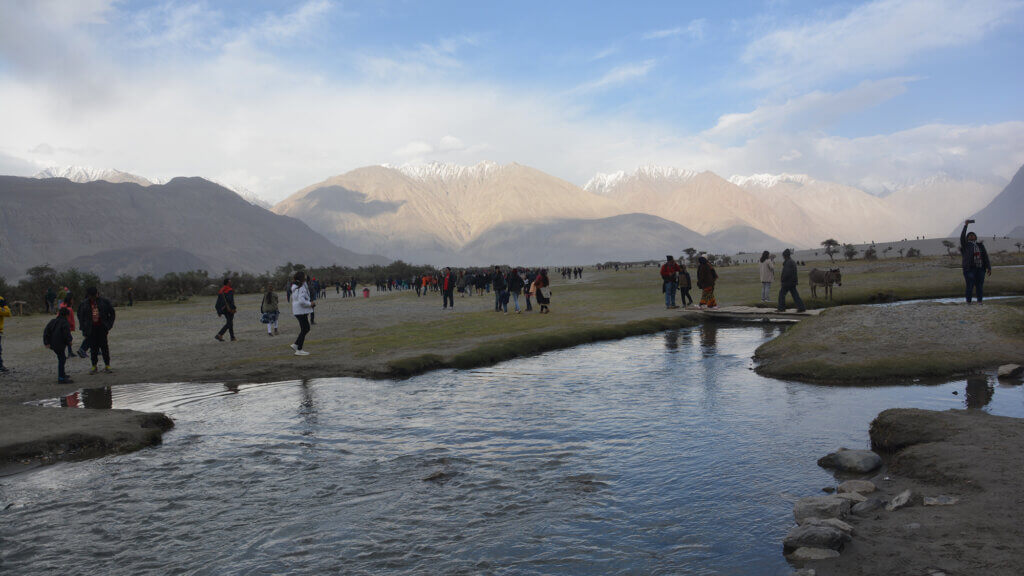
The night we spent in a camp here became the highlight of the tour, with campfires and sharing stories around it, embodying the essence of the place
The Historic Leh Palace
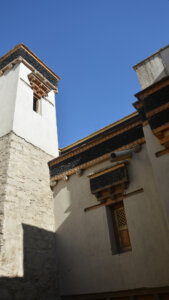 The tour concluded with my encounter with Leh Palace along with all the kids. Built on a mountain, the nine-story palace has courtyards on every level. It is built in mud and stands tall above the surrounding town, a striking landmark visible from many parts of Leh. Constructed in the 17th century by King Sengge Namgyal, the palace was designed to mirror the architectural splendor of Tibet’s Potala Palace. Approaching the palace from the top, we discovered its grandeur from above, exploring the courtyards and interiors lit with openings and windows , as we climbed down. This place is a perfect blend of history, architecture, peace and spirituality.
The tour concluded with my encounter with Leh Palace along with all the kids. Built on a mountain, the nine-story palace has courtyards on every level. It is built in mud and stands tall above the surrounding town, a striking landmark visible from many parts of Leh. Constructed in the 17th century by King Sengge Namgyal, the palace was designed to mirror the architectural splendor of Tibet’s Potala Palace. Approaching the palace from the top, we discovered its grandeur from above, exploring the courtyards and interiors lit with openings and windows , as we climbed down. This place is a perfect blend of history, architecture, peace and spirituality.
Built with humble materials such as mud and locally sourced wood, the palace contrasts sharply with other grand palaces across India while embodying the simple yet profound spirit of the land.
Ladakh and Its People
While exploring Ladakh and Leh, I realized that people do not come here merely to see the mountains and waters. Visitors come not just to see, but to seek — and often, to find themselves.And one certainly does if one is ready to embrace the peace and spirituality, the barrenness, and the deeper message this land carries.
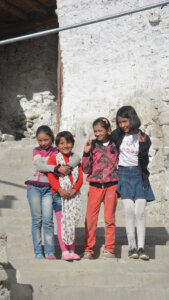 This reflection comes at a time when Ladakh is often in the news for its people and their determination to protect their land. Ladakh is not just a land; it is its peace loving people, it is its culture, it is the wisdom derived from centuries of coexisting with the surroundings. Most of all, Ladakh is defined by its peace and spirituality. It stands as a place where the land and people are in harmony. Like the barren mountains and the monasteries that dot this land, the people here strive for calm and contentment, living in resonance with the harsh yet awe-inspiring surroundings.
This reflection comes at a time when Ladakh is often in the news for its people and their determination to protect their land. Ladakh is not just a land; it is its peace loving people, it is its culture, it is the wisdom derived from centuries of coexisting with the surroundings. Most of all, Ladakh is defined by its peace and spirituality. It stands as a place where the land and people are in harmony. Like the barren mountains and the monasteries that dot this land, the people here strive for calm and contentment, living in resonance with the harsh yet awe-inspiring surroundings.

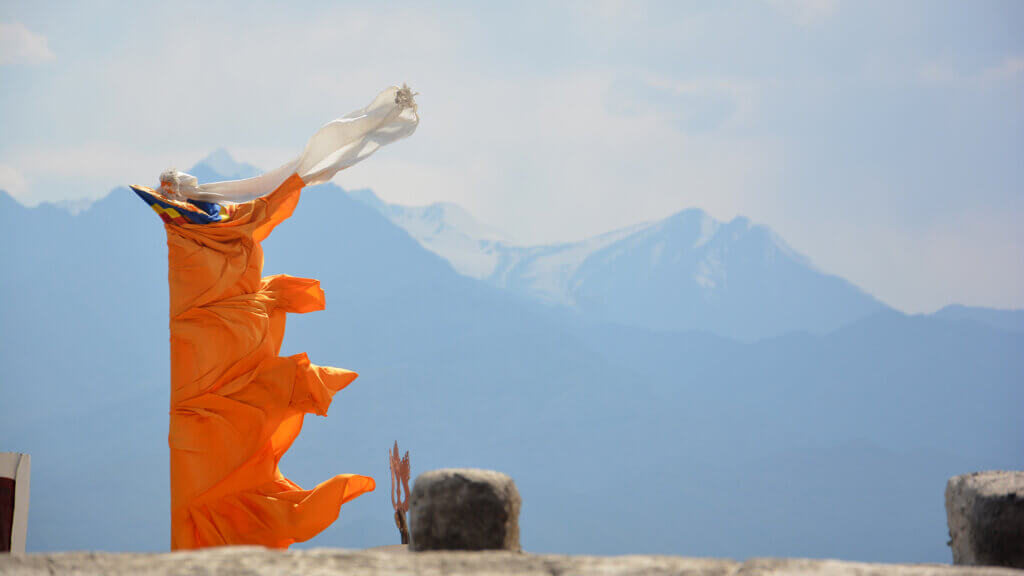
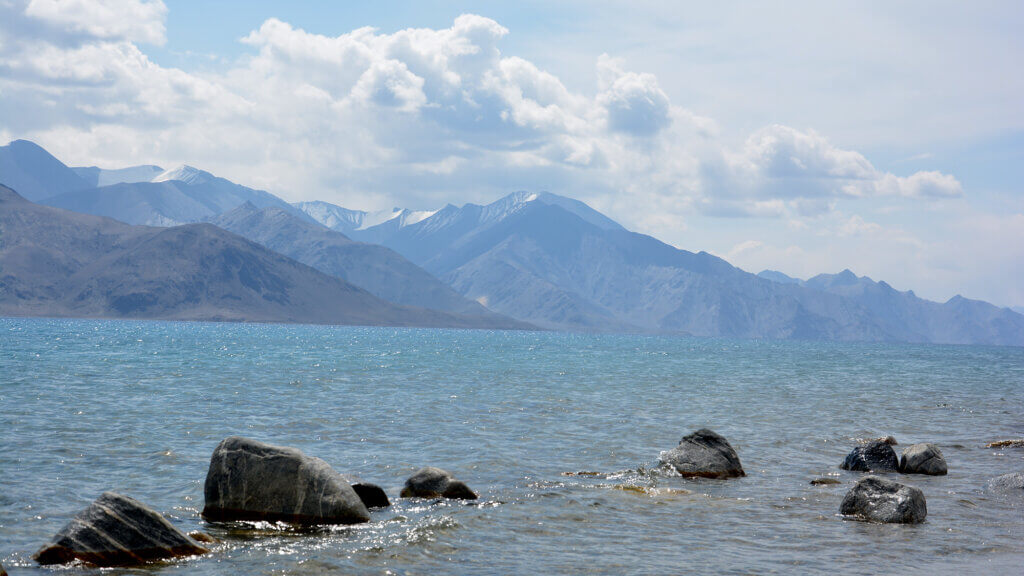
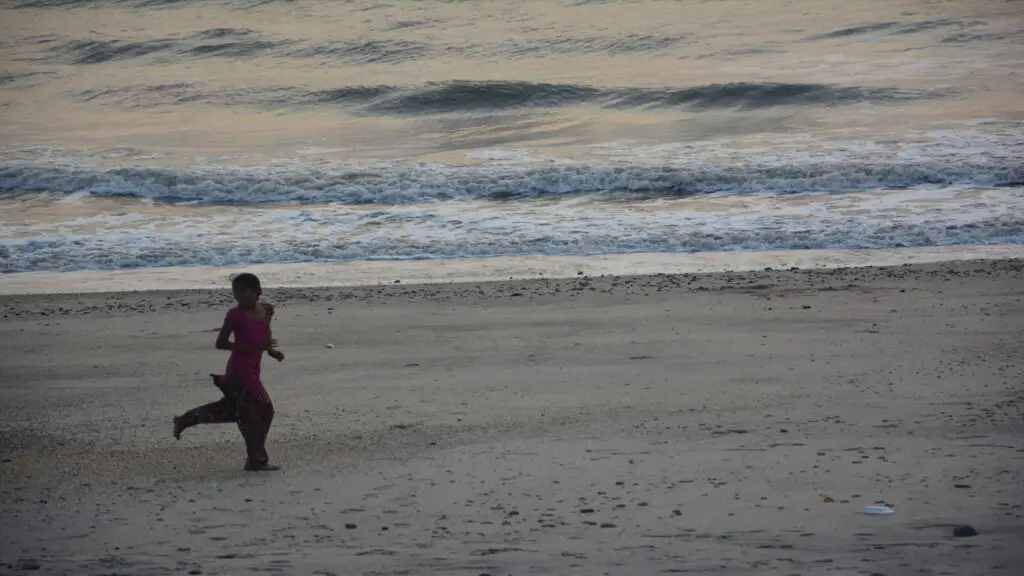
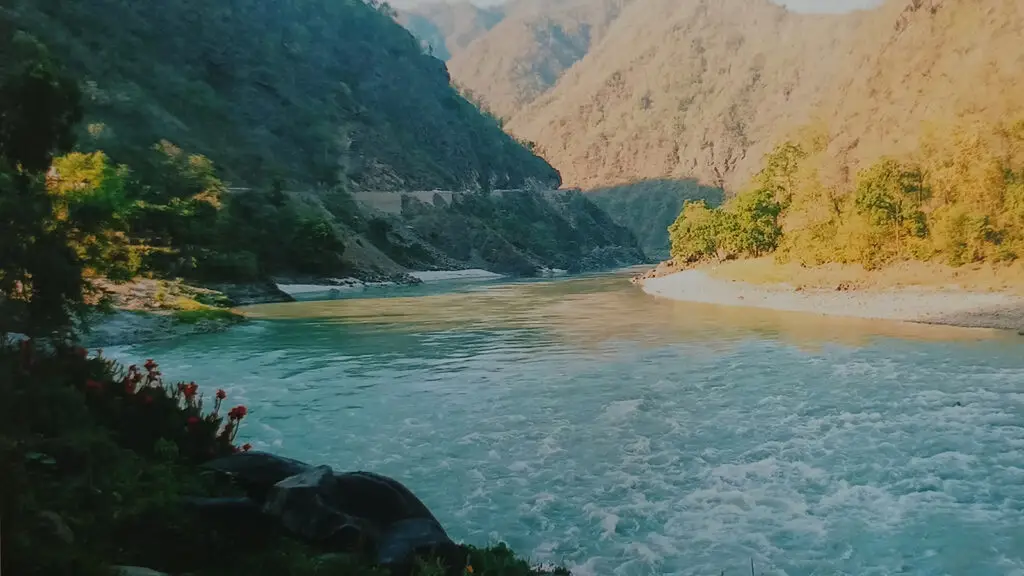
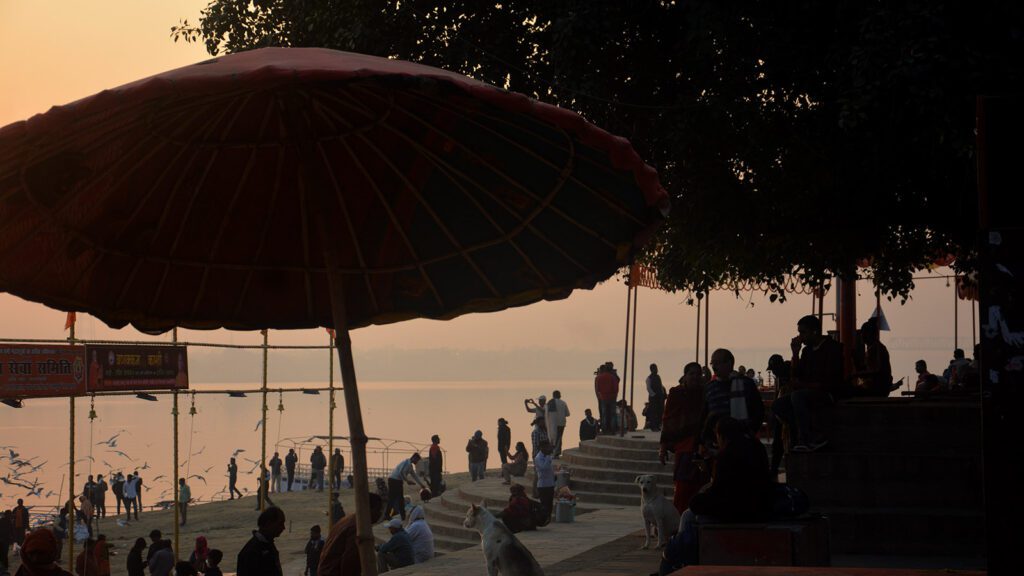
Your blog brought back memories of our Leh trip and I felt rejuvenated as I took a quick armchair trip down the beautiful Ladakh landscape. Beautifully narrated as always!!
Thanks Suruchi
Your stunning visuals, unique perspectives and writing skills definitely inspire the reader to make a visit to the spiritual & scenic land of Ladakh 👌👏👍♥️
Thanks Rameshji
You wrote all things in detailed & with whole hearted
Thanks Dineshji